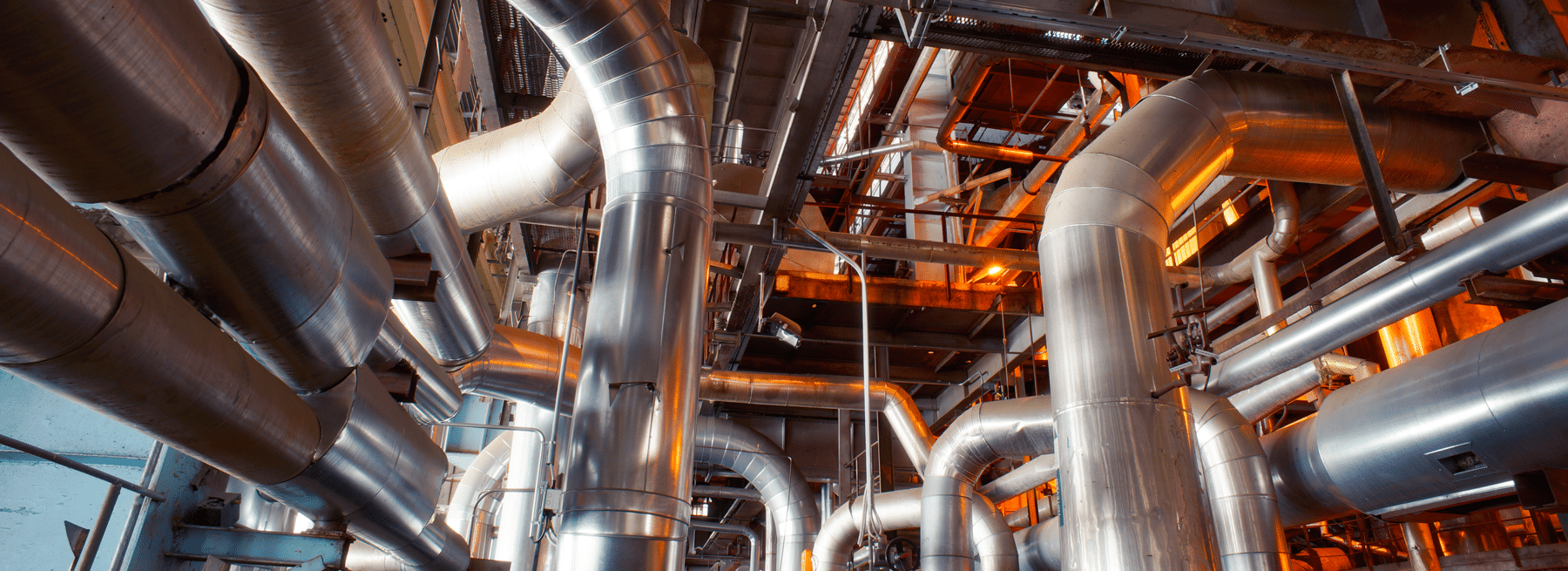Working in manufacturing and industrial facilities are some of the most dangerous places to work. These facilities have more risk than the construction industry according to the table from the Bureau of Labor Statistics. This shows the number of recordable nonfatal occupation injuries in manufacturing is 373,000 for 2020. From those reported injuries, 135,000 were bad enough to result in days away from work. This is the highest out of all the industries.
Moreover, the National Safety Council shows manufacturing is No. 3 in occupations with the largest number of workplace injuries resulting in days away from work. It’s the nature of working in industrial facilities. Workers encounter dangerous situations every day. They deal with injury risks from moving heavy equipment, repetitive motions, unsafe noise levels, and working with machines.
Considering the shortage of skilled manufacturing employees, it’s harder to find replacements to ensure the supply chain keeps humming along. That’s why it’s critical to place a high priority on industrial facility safety to reduce the danger that leads to injuries and fatalities.
Here are the top six industrial facility safety and security tips to minimize the risk of injuries.
1. Conduct a Health and Safety Risk Assessment
A health and safety risk assessment identifies the strengths and weaknesses in a manufacturing facility’s health, safety, and physical security practices. The risk assessment will analyze the movement of workers around the industrial facility and docks.
Considering industrial facility safety is crucial, it’s wise to bring in a health and safety consultant to do the assessment. They do this every day and know how to conduct the assessment correctly and efficiently.
Companies that attempt to save money by using one of their own employees who isn’t an expert in these assessments could miss something that could lead to an injury. If this happens, the company could pay a higher price for the risk and injury than they do for the consultant. Working with a qualified expert on the assessment will save money as it will help to lower danger and prevent accidents.
Check out the Occupational Safety and Health Administration’s list of the 10 most frequently cited OSHA standards violations from 2020. It will be a valuable tool in your risk assessment and training.
After identifying potential safety and security gaps, the consultant will document control measures for all the identified potential hazards and risks. Next, the company needs to share the risk assessment with the workers. They need to understand the assessment and sign off on it.
It’s so important that you will want to hire a translator if you have workers whose first language isn’t your company’s language. An industrial facility that wants to maintain a culture of safety will ensure those who speak a different language understand everything related to health and safety.
2. Create and Maintain a Safety Culture
It’s no surprise that many manufacturing facilities proclaim they have a strong safety culture. However, the difference between a true safety culture and one that’s surface level is that the former interweaves safety into everything they do and takes a holistic approach. They do much more than develop processes and procedures that contain safety checks. They thread safety and security into every part of the business.
Workers must do safety checks every single day when they start their day and when they shut down at the end of the day. Some tools and equipment may require preparation and shut-down steps that will maximize safety.
Industrial facilities that go the most days without injuries hold safety training or briefs every day, which leads to the next tip.
3. Hold Training Daily
The easiest and most powerful way to reduce danger and risk is with training. It doesn’t mean setting up a classroom session that runs for a couple of hours. You have a diversity of options. Training can be as simple as holding a briefing at the start of the day covering basic safety. It could demonstrate how to inspect equipment and prepare tools for work prior to use.
You’ll model the correct way to prepare, use, and shut down equipment. Advise workers about the proper use of personal protective equipment (PPE) and gear for specific activities. Don’t assume workers know this as it could be an assumption or bad practice that leads to them doing things the unsafe way.
If there’s one thing you want to over communicate, it’s anything related to safety and security. There will be a lot of repetition and it’s important because people don’t always remember the first time they learn something. Or they grow complacent with time.
Fortunately, and unfortunately, many safety hazards can be avoided. It’s fortunate because workers can and do catch them. It’s unfortunate because they don’t report it. Many articles state that workers often don’t say something when they see a safety issue in their workplace. An EHS Daily Advisor article references research that people only speak up about 39% of the time. Therefore, keep encouraging workers to say something. Do it in every training session. If necessary, give them a way to report a problem without being identified.
Remember the recommendation to bring in a translator for reviewing the safety and health risk assessment with workers? The same should be done for training and briefings. If you have many workers who speak a different language, it may be worth having a permanent translator on staff.
4. Invest in Industrial Internet of Things
A manufacturing facility and its loading docks are a hubbub of activity with many moving pieces of people and equipment. One thing that has come out of the crisis is the huge surge in online shopping. With people staying home, they’re doing all their shopping and business online. That affects the supply chain, especially the shipping and loading areas.
That’s why industrial facilities are adopting the Internet of Things (IoT) technologies. The use of IoT in manufacturing facilities involves hardware connecting to each other to improve efficiencies, communication, and productivity. Safety managers can receive real-time safety events by email or text messaging.
If the IoT has an associated software or platform, then it can do an analysis to identify employee behavior improvement opportunities and find trends that can be used in the training. Newer tools, equipment, and machines may have sensors built-in that can connect to this IoT network.
5. Add Visual Communication Tools
A manufacturing facility is noisy. Workers typically wear hearing protection equipment. This can affect their ability to hear. Therefore, it’s necessary to come up with visual communication tools. For instance, many buildings have visual fire alarms. When the alarm goes off, the fire alarm system wails and the light blinks. This ensures that anyone who is busy, sleeping, or can’t hear the alarm gets a visual alert.
Many loading docks have red and green lights. It’s so simple. Everyone knows green means it’s safe and red means it’s not safe. Using a combination of IoT and motion detectors, technologies can alert workers when they’re too close and need to stop moving or there’s a barrier in their path.
One example is to have workers use an IoT wearable that communicates with the forklift’s built-in IoT. If the forklift is going backward and detects a worker’s IoT wearable, it will alert the driver to stop. This prevents a run-in. There are many IoT options that can communicate with lights and warnings made for industrial facilities that will create a safer environment.
6. Monitor the Industrial Facility
Here’s why training is mandatory. You can implement all these tips and an accident can still happen. All it takes is a worker forgetting a safety step. Or maybe the worker’s cognitive functions are not at their best. Something could slip their mind that could create a hazard. Unsafe situations and new vulnerabilities can pop up many times every day.
A powerful and cost-effective way to add a layer of safety and security is with remote video surveillance. Although video surveillance is known for being a security tool, it also greatly helps lower health and safety risks.
Video footage from security cameras can be used to confirm whether workers follow the safety and security processes and procedures. This includes correctly preparing and using equipment and tools, as well as looking for out-of-place items, tools and potential OSHA violations.
Remote video monitoring can be a cost-effective crime deterrent, as well. Unlike traditional reactive security systems, remote video surveillance is a proactive tool when it incorporates video analytics and trained monitoring operators. Together, they watch the entire facility and its perimeter simultaneously and effectively. This pairing of analytics and monitoring operators makes it possible for the video surveillance technology to help identify problems quickly and have them fixed before something bad happens.
Additionally, video surveillance technology can capture everything in recordings. You’ll have the footage you need to resolve safety and security issues. Some companies use the recordings for training. Remote video surveillance can deliver a fast ROI because it will help increase safety and deter crime.
Security companies like Stealth help boost safety and security by customizing remote video surveillance for your facility. Our security experts can evaluate your facility and create a right-sized security solution. In choosing to work with our team, you’ll gain access to security professionals who have experience in securing manufacturing facilities like yours. Have questions about security to help ensure industrial facility safety? Contact us

